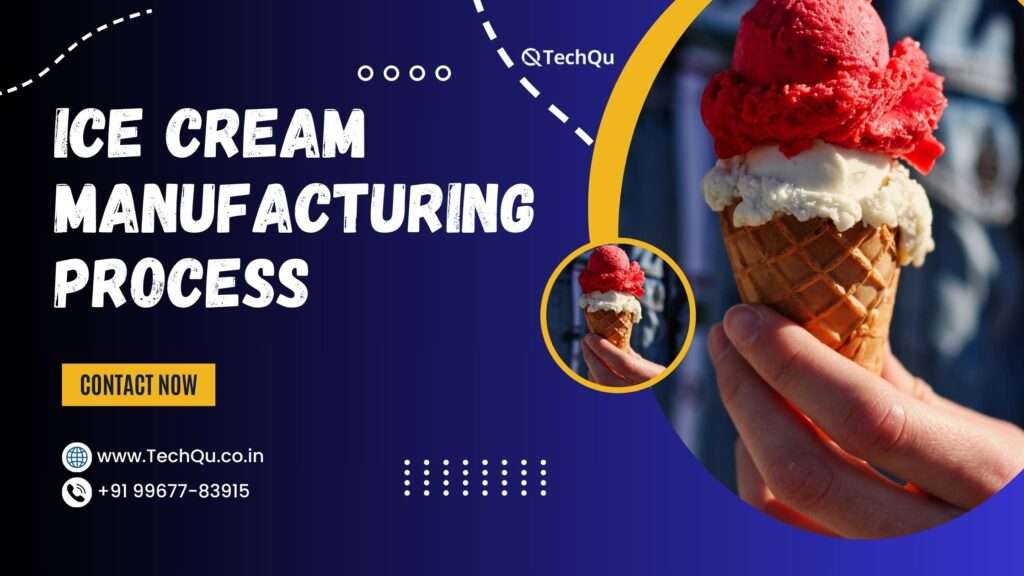Introduction of Ice Cream Manufacturing Process.
Ice cream as the frozen confection is known today has been in existence for many years. Its preparation requires a delicate combination of the ingredients, methods, and tools to make the final product smooth, rich, and tasty. undefined
Ingredient Preparation:
- Milk and Cream: These are the primary ingredients, providing fat, protein, and lactose for the ice cream base.
- Sugars: Sucrose (table sugar) or other sweeteners are added to provide sweetness and help prevent crystallization.
- Flavorings: Natural or artificial flavors are incorporated to give the ice cream its desired taste.
- Stabilizers and Emulsifiers: These additives help maintain the texture, prevent ice crystal formation, and ensure a smooth consistency.
Mixing:
- Batch Mixing: Ingredients are combined in a large mixing vessel and blended thoroughly to create a homogeneous mixture.
Pasteurization:
- Heat Treatment: The mixture is heated to a specific temperature for a set time to kill harmful bacteria.
- Cooling: After pasteurization, the mixture is rapidly cooled to prevent microbial growth.
Aging:
- Flavor Development: The mixture is held at a low temperature for a period of time to allow flavors to develop and stabilize.
Freezing:
- Ice Crystal Formation: The mixture is frozen in a continuous freezer, where it is scraped against a cold surface to form ice crystals.
. Hardening:
- Solidification: The frozen ice cream is stored in a hardening room at a very low temperature to solidify completely.
- Packaging:
- Containers: The hardened ice cream is packaged into various containers, such as pints, quarts, or tubs.
- Sealing: The containers are sealed to prevent contamination and maintain freshness.
The Market Of Ice Cream Production In India.
The Indian ice cream market has witnessed significant growth in recent years,
driven by factors such as increasing disposable incomes, changing lifestyles, and a growing preference for frozen desserts. Here are some key aspects of the Indian ice cream market:
- Market Size
- Key Players
- Product Categories
- Distribution Channels
- Consumer Trends
- Challenges and Opportunities
Which processed is used to make Ice Cream Manufacturing.
This involves the gradual cooling of the ice cream mixture while simultaneously incorporating air to create the desired creamy texture.
processes involved in ice cream manufacturing include:
- Mixing: The ingredients are combined to create a homogeneous mixture.
- Pasteurization: The mixture is heated to kill harmful bacteria.
- Aging: The mixture is held at a low temperature to allow flavors to develop.
- Packaging: The finished ice cream is packaged into containers.
Best processing Ice cream manufacture.
The “best” processing method for ice cream manufacturing can vary depending on factors such as the desired product characteristics, scale of production, and available resources. However, there are a few common methods that are widely used and considered effective:
- Product Characteristics: The desired texture, flavor, and appearance of the ice cream will influence the choice of processing method.
- Scale of Production: The volume of ice cream to be produced will determine the most suitable equipment and process.
- Cost: The cost of the equipment and the operating costs of the process should be considered.
- Energy Efficiency: The energy consumption of the process should be taken into account.
- Quality Control: The chosen method should allow for effective quality control measures to ensure a consistent product.


